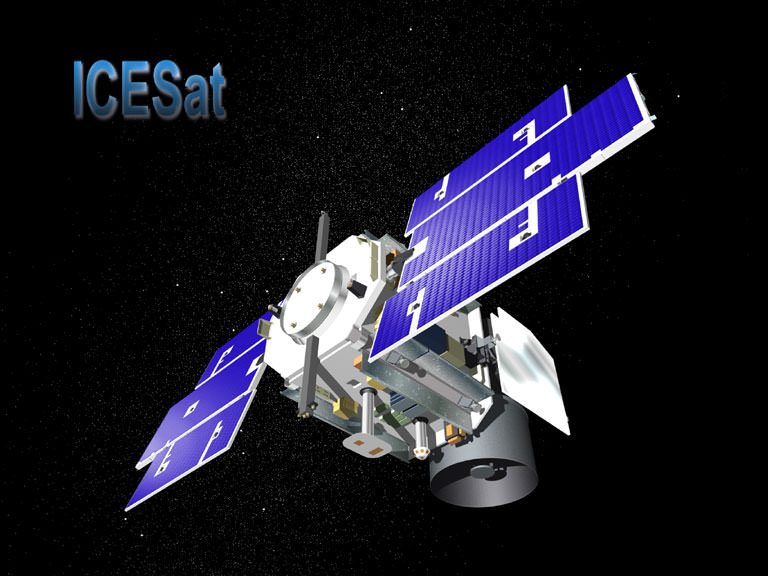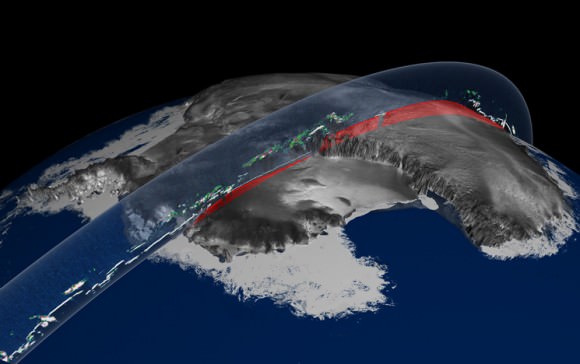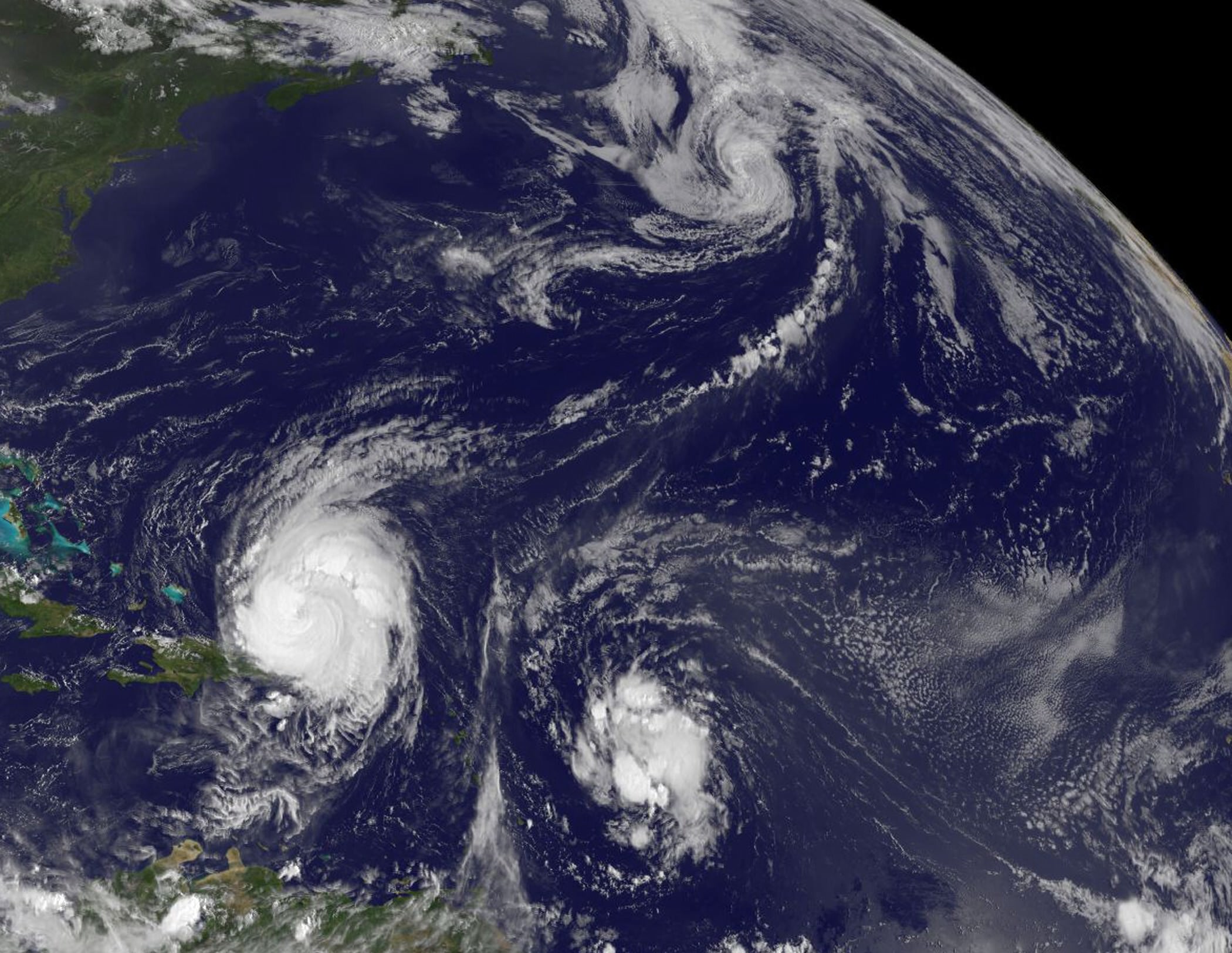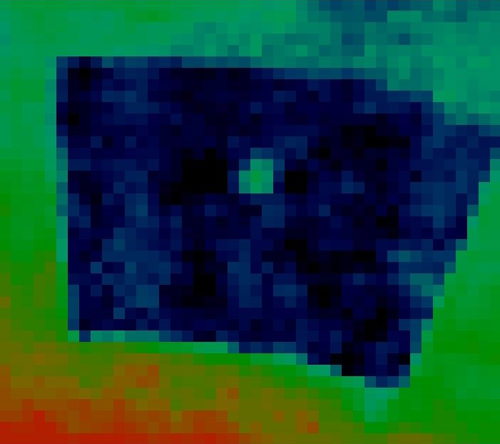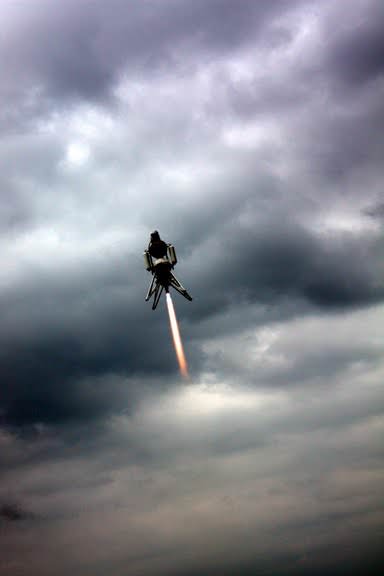[/caption]
Racing is rarely the term that comes to mind when one considers astronomy. However, many events are a race to reach stability before a system flies apart or implodes. The formation of stars from gigantic interstellar clouds is just such a race in which stars struggle to form before the cloud is dispersed. Although a rough estimation of the requirements for collapse are discussed in introductory astrophysics classes (See: Jeans Mass Criterion) this formulation leaves out several elements that come into play in the real universe. Unfortunately for astronomers, these effects can be subtle but significant but untangling them is the subject of a recent paper uploaded to the arXiv preprint server.
The Jeans Mass Criterion only takes into consideration a gas cloud in isolation. Whether or not it will collapse will depend on whether or not the density is sufficiently high. But as we know, stars don’t form in isolation; They form in stellar nurseries which form hundreds to thousands of stars. These forming stars contract under self gravity, and in doing so, heat up. This increases the local pressure and slows contraction as well as giving off additional radiation that also affects the cloud at large. Similarly, solar winds (particles streaming from the surface of formed stars) and supernovae can also disrupt further formation. These feedback mechanisms are the target of a new study by a group of astronomers led by Laura Lopez from the University of California Santa Cruz.
To investigate how each feedback mechanism operated, the group selected the Tarantula Nebula (aka, 30 Doradus or NGC 2070), one of the largest star forming regions easily accessible to astronomers since it resides in the Large Magellanic Cloud. This region was selected due to its large angular size which allowed the team to have good spatial resolutions (down to scales smaller than a parsec) as well as being well above the plane of our own galaxy to minimize interference from gas sources in our own galaxy.
To conduct their study, Lopez’s team broke 30 Dor into 441 individual regions to assess how each feedback mechanism worked in different portions of the nebula. Each “box” consisted of a column slicing through the nebula that was a mere 8 parsecs to a side to ensure sufficient quality of the data across the entire spectrum since observations were used from radio telescopes to X-ray and used data from Spitzer and Hubble.
Perhaps unsurprisingly, the team found that different feedback mechanisms played varying roles in different places. Close the the central star cluster (<50 parsecs), radiation pressure dominated the effects on the gas. Further out, pressure from the gas itself played the stronger role. Another potential feedback mechanism was that of “hot” gas being excited by X-ray emission. What the team uncovered is that, although there is a significant amount of this material, the nebula’s density is insufficient to entrap it and allow it to have a large effect on the overall pressure. Rather, they described this portion as “leaking out of the pores”.
This research is some of the first to observationally explore, on a large scale, many of the mechanisms that have been proposed by theorists in the past. Although such research may seem inconsequential, these feedback mechanisms will have large effects on the distribution of stellar masses (known as the Initial Mass Function). This distribution determines which the relative amounts of massive stars which help to create heavy elements and drive the chemical evolution of galaxies as a whole.




